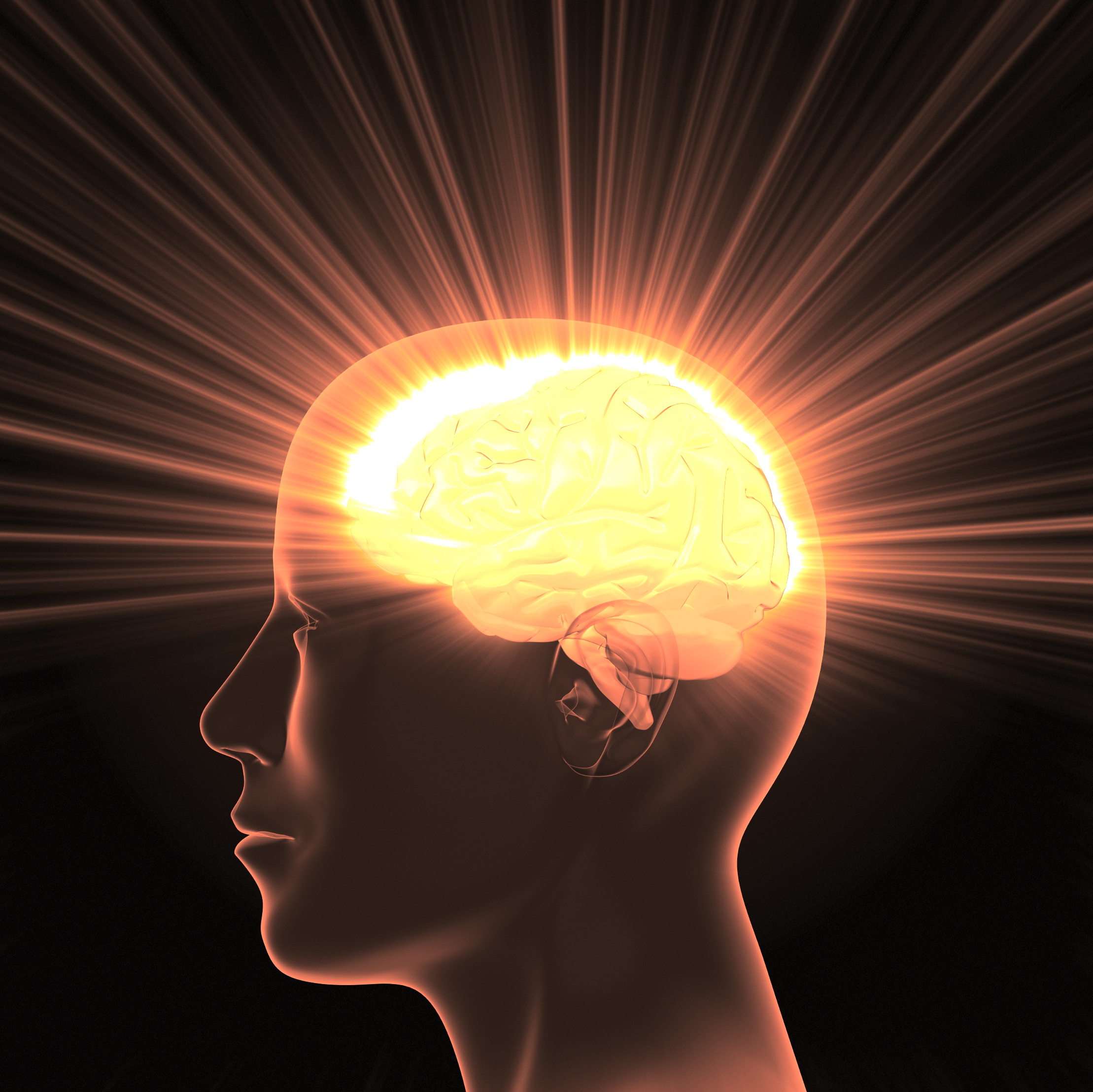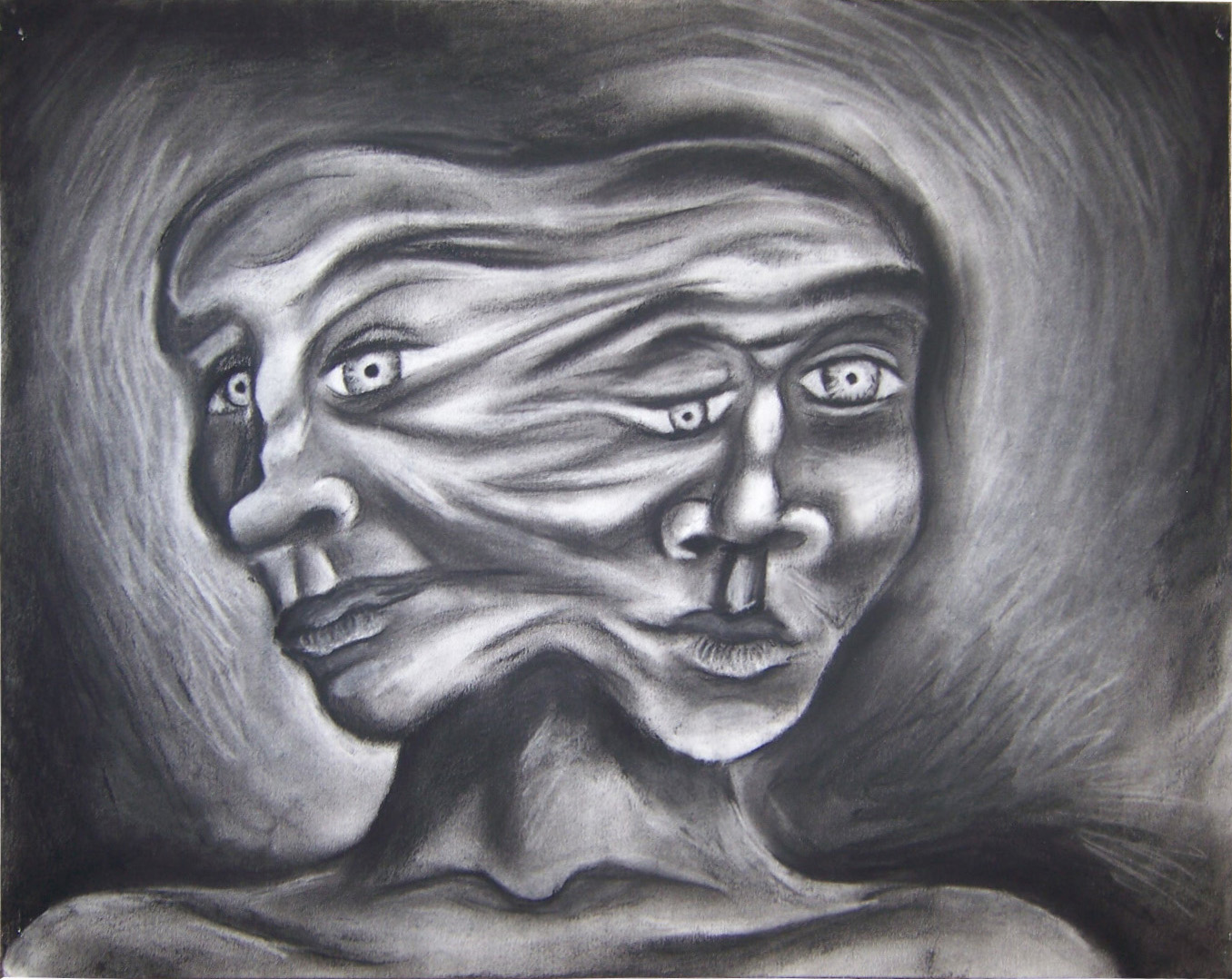One of my sitting places is under a great sycamore on the banks of a small stream in the middle of expansive fields, with a view of the canyon and hills beyond town. A little after sunset, I stand in an intense meditative state to behold a violet color rimming the line of the Coastal Range to the west.
 A counter-sunset suffuses the clouds over the fields to the east. The sweet smell of earth and grass is pungent, heightened by an uncharacteristic rainstorm the previous evening. I can see for many miles, and for those timeless few minutes, feel completely one with the entire area. In the blessed solitude, one bathes in bottomless beauty and palpable silence.
A counter-sunset suffuses the clouds over the fields to the east. The sweet smell of earth and grass is pungent, heightened by an uncharacteristic rainstorm the previous evening. I can see for many miles, and for those timeless few minutes, feel completely one with the entire area. In the blessed solitude, one bathes in bottomless beauty and palpable silence.
The beauty of the entire scene is so intense in that I’m agape, to use the old Christian expression. Just then, as has happened a number of times before during meditative states at this spot, a group of swallows suddenly appears. The birds mirror the causeless joy one is feeling, flying close and hovering overhead, literally encircling me for a few minutes.
Later, I can think of a half dozen explanations to explain the event away. But at the time there is no doubt that the swallows are reflecting and responding to direct perception in and through nature.
With sustained, undirected watchfulness, the mind, as we usually know it (which is the movement of memory and symbolic activity), stops, and meditation spontaneously ignites. Then the word ‘mind’ takes on a completely different meaning, referring to a quality of awareness at once within and beyond the human brain.
So we have to be clear which mind are we talking about, the mind that is the sum total of the mental processes, or the immeasurable consciousness that exists when the mental processes are completely quiet?
The mind that second-hand people refer to is the calculating mechanism and cumulative memory of symbolic thought. And because they aren’t experiencing the silent mind filling the heart with mystery and awe, they venerate the cognitive mind. That’s the ultimate idolatry. They talk about so-called “mental virtues” and say inane things like, “we can all grade ourselves on how good we are at each of them.”
Media mouthpieces that knowingly or unknowingly speak for the powers that be, attempting to uphold the crumbling status quo. They go on about finding “the median point between flaccidity and rigidity,” which sounds like the opening line in a joke about erectile dysfunction.
Mediocrities think in terms of finding the middle point, even when the center so obviously isn’t holding. They believe that “autonomy is the median of knowing when to bow to authority and when not to,” even though political authority has eroded beyond the point of no return, and spiritual authority is antithetical to inward experiencing of God, Brahman, or whatever name wants to give that which is beyond the human mind.
Can the mind in meditation be the ‘normal’ or baseline state for the human brain and human being? Does that require a transmutation in the human brain? Is that happening in a few, and can it happen in many at this time?
Long before the Agricultural Revolution, and uncounted ages before the Technological Revolution, a Cognitive Revolution occurred that gave humans the capacity for culture, art, and technology, as we know it. But after 100,000 years, ‘modern humans,’ with minds rooted in symbol and tradition, have reached the end of the line, fragmenting the earth and dividing the world to the breaking point.
What does a transmutation in the human brain mean? At the simplest level, it means that perception is no longer being mediated through  symbols. A mind/brain that is continually unconditioning itself remains fresh and young, having the capacity to see with the eyes of a child, that is, with innocence, until physical death.
symbols. A mind/brain that is continually unconditioning itself remains fresh and young, having the capacity to see with the eyes of a child, that is, with innocence, until physical death.
Of course there is something a little ludicrous about using words to talk about a wordless state. But that doesn’t mean, as Wittgenstein said, “what we cannot speak about we must pass over in silence.” If we use words to convey rather than to capture, and to ignite insight rather than win an argument, intimations of wordless things can be communicated, and inner exploration nurtured in oneself and others.
The symbol-producing mind is not computer, but it operates like one, which is why the brain has been able to build these facsimiles of its heretofore-dominant functions. Tremendously complex programs (also known as socialization and conditioning) are concealed from view, and the entire process is called ‘human nature.’
‘Mental virtues’ is therefore an oxymoron. Thinking and thought cannot have virtues; the mind as such can only operate effectively and efficiently. Character entails the proper use of cognitive abilities, but there is something beyond cognition and character, which can and must infuse both.
Though computers should be giving space to the brain, the exponentially increasing inertia of the content of thought is obliterating the human brain’s capacity for awareness and insight. Meditation, in the truest and deepest sense of the word (which has nothing to do with methods and techniques) is the remedy however, not technology.
Meditation breaks the recursive loop of thought and self, allowing undivided observing to grow into undirected attending. With intense, unwilled attention to the entire movement of the symbolic mind, which includes emotion, psychological time ends.
The ending of psychological time cleanses the mind and heart at that moment. That’s true virtue, as opposed to some silly list of virtues. And inward cleansing and genuine virtue are urgently required in the individual, since the mental world of becoming (which is the past ever more darkly overshadowing the present) is destroying the present and future of humanity.
The meditative state is initiated by passively watching everything outside and inside without interference. Attention grows and spontaneously ignites. Will and effort are not involved. Awareness and attention overtake thought and quiet the mind, allowing insight and renewal.
Martin LeFevre

